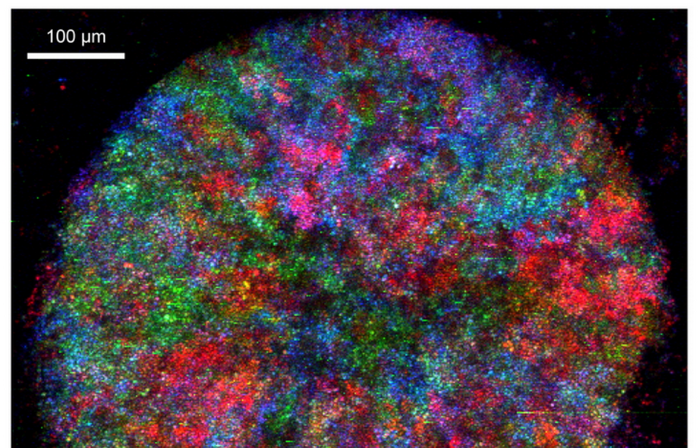Cells are in constant contact with neighboring cells—releasing and consuming metabolites from their surrounding environment. Now, new research studied chronological aging in yeast to reveal a previously overlooked metabolic property that influences aging through the exchange of metabolites. The research on yeast cell communities is the first to show that metabolite exchange directly impacts the lifespan and aging process of the cells. More specifically, metabolites exported by young cells are re-imported by chronologically aging cells, resulting in what the authors call, “cross-generational metabolic interactions.”
This work is published in Cell in the paper, “Cell-cell metabolite exchange creates a pro-survival metabolic environment that extends lifespan.”
“The metabolic processes that occur within cells are highly complex,” said Markus Ralser, PhD, professor of biochemistry at the Charité—Universitätsmedizin Berlin and Oxford University. “The exchange of substances between cells in a community is one important factor because it has a substantial impact on the metabolism occurring inside a cell.”
“We showed that the cells lived around 25% longer when they exchanged more metabolites with each other,” said Clara Correia-Melo, PhD, who was a postdoc in the Ralser lab but is now group leader of microbiome and metabolism at the Fritz Lipman Institute. “So then we obviously wanted to identify the substances and exchange processes that are behind this life-prolonging effect.”
To do so, the researchers used self-establishing metabolically cooperating communities (SeMeCo) as a tool to increase metabolite exchange. In addition, they employed a special analytical system supported by mass spectrometry that allowed them to precisely track the exchange of metabolites between cells.
The researchers discovered that the exchange of the amino acid methionine extended the lives of the cells involved. More specifically, they noted that “the longevity of the SeMeCo was attributable to metabolic reconfigurations in methionine consumer cells. These obtained a more glycolytic metabolism and increased the export of protective metabolites that in turn extended the lifespan of cells that supplied them with methionine.”
“Interestingly, it was the young cells’ metabolism that prolonged the lives of the old cells,” said Ralser. The cells which consumed methionine, released glycerol. In turn, the presence of glycerol affected methionine-producing cells, causing them to live longer. “It’s a win-win situation,” explained Correia-Melo. “As cells engage in this collaborative exchange, they prolong the lifespan of their community as a whole.”
The researchers suspect this also applies to other types of cells, such as those in the human body, and are aiming to investigate this in further studies.
“A better understanding of the complex metabolic pathways both within and between cells will help with investigations into how age-related diseases like diabetes, cancer, and neurodegenerative conditions develop,” said Ralser. “Metabolite exchange between cells has been overlooked in the past, but it’s clearly a very important factor in the cellular aging process. We hope our study will help make the exchange of metabolic products between cells an area of greater focus in future research.”



